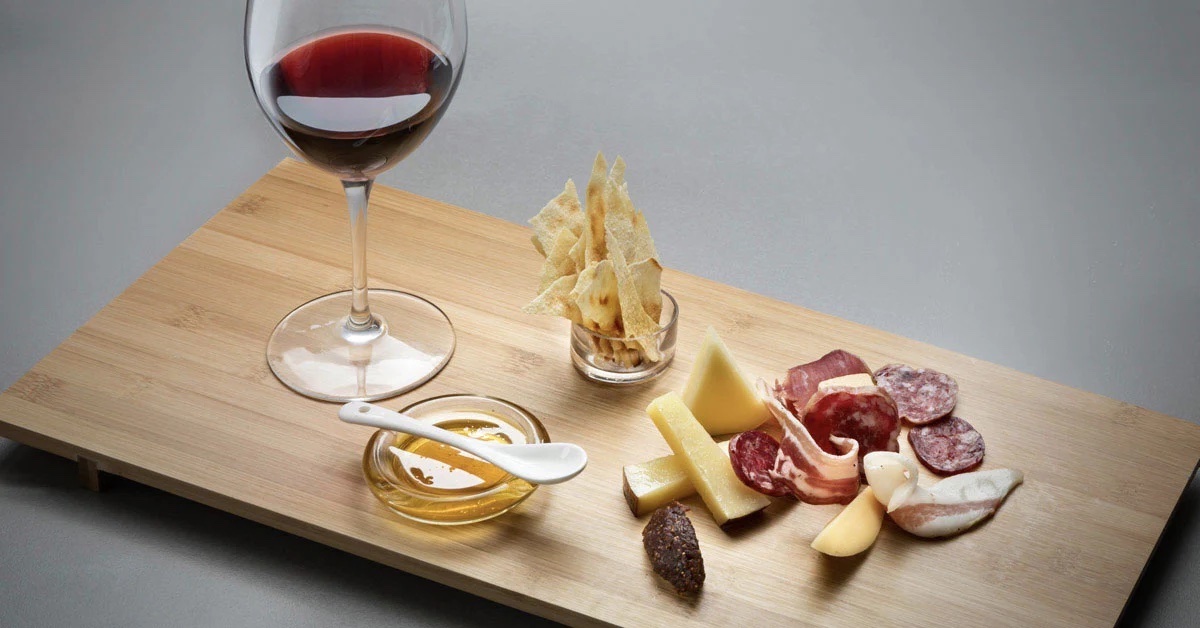What Did The Nuragic Eat? 0 Commentaires

At the end of January 2023 the EU gave the go-ahead for the cricket flour trade, big news. But it is by no means new: the "novel food" (entomophagy, which sees insects as food) is actually a "revival".
The Nuragic also, as many other populations, ate insects... does this make you smile or make your nose wrinkle? Let's see how it went.
Thanks to archaeometry, (the use of science and technology in archaeology to examine archaeological remains), the archaeologist and scholar Mauro Perra, has carried out serious research on the diet of the Nuraghe people from the sixteenth to the ninth century BC.
Perra says that nutrition is a cultural fact that changes over time. It shouldn't surprise us to find in a bowl the remains of a meal related to the Nuragic consumption of insects. In fact, considering insects as food is confirmed in various populations of the past, for example Greeks and Romans, as historical sources inform us.
Today in Africa, India, Thailand, Korea and South America, the insects are serenely eaten as supplements to their diet.
In the Arrubiu nuraghe in southern Sardinia, remains of grasshoppers, cockroaches, crickets and cicadas cooked in wine have been found.
The Nuragic were farmers and we know it from the discoveries of both stone and bronze plowshares used to cultivate barley, soft and durum wheat that they ground for making bread. Remains have been found of field beans, lentils, peas and cicerchia, "su piseddu" in Sardinian, a legume that was grown in Sardinia until the 1960s. They also cultivated the melon (seeds have been found) which probably had been introduced from other territories. They cultivated vines and produced precious wines, they drank red wine, the ancestor of the well-known Cannonau, almost three thousand years ago, they ate grapes and they used wine for cooking as well.
They were also shepherds and the protein supply was guaranteed by pigs (killed in the first 6 months of life and eaten on spits), cattle (consumed in adulthood, after exploitation in agriculture) and sheep and goats (killed when they were only a few years old) bred above all for the milk that was processed for the production of different types of cheese.
The Nuragic also practiced hunting, with deer and wild boar, pigeons and thrushes and the Sardinian prolago, a rodent similar to a tailless hare, now extinct. A technique of preparing meat was cooking it underground.
They also used fish, because large sea bream bones have been found and we know, from the shells found, that they ate mussels and oysters.
Millstones have been found for making cooking oil, but from the remains of vegetable oils it is not certain whether it was wild olive, olive or mastic, due to the modest number of seeds found. However, being olive seeds an excellent combustible, probably they used the seed to light the fire. Even the "oll'e procu", pork fat, was used for cooking. We don't know if they used salt to season food, but we do know that they sweetened them because they well knew honey and with beeswax, and they made the inside of the bowls waterproof to preserve food.
Let's not forget the Beer, which was the first alcoholic beverage produced throughout the Nuragic era. Work is underway to discover the recipe, the oldest in the western Mediterranean.
In conclusion of this Nuragic gastronomy tour, we can say that the people who lived in the nuraghes were healthy, wise, creative, evolved and particularly gourmand.
In the Book of Leviticus handed by Moses to the Jews in Sinai (about 1200 BC) we read: "Of these you may eat any kind of locust, katydid, cricket or grasshopper."
And this should really remove the last trace of any prejudice, isn’t it so? But don't worry, enjoy your meals, total insects free of our excellent cuisine at Beach Risto & Bar during the day and at the Blu Restaurant in the evening!
--
Written by Daniela Toti
Share your opinion with us!